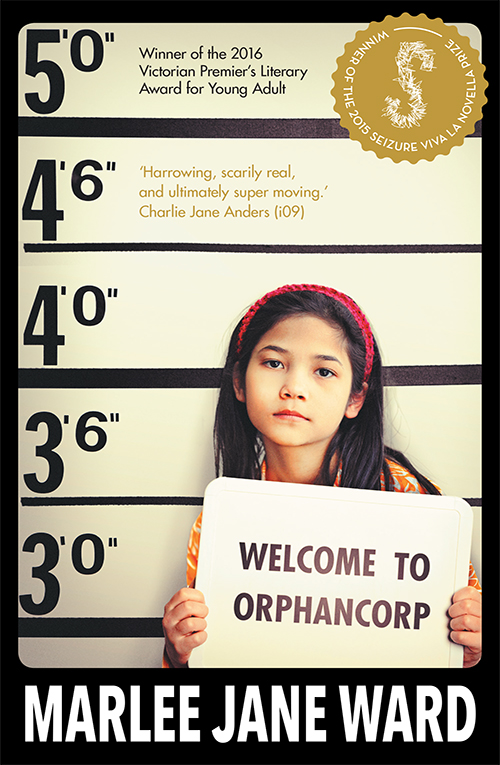I probably should have put this out at the beginning of January, but I’ve been on a writing hiatus after burning myself out with NaNoWriMo.

The 2016 Stella Award Winning novel by Charlotte Wood about Yolanda and Verla, two very different women with one thing in common – they both were splashed all over the media as part of a sex scandal and were shamed into hiding. Except instead of being sent away to a resort they are sent to the Australian Outback under prison-like conditions. The narrative is told through the perspective of Yolanda and Verla who are polar opposites of each other. Yolanda is from a working class background and allegedly slept with a group of footballers. Verla is a university educated woman and former mistress to a politician. I read this back in March, and I was immediately pissed off by the ending. It is a difficult book to read the first time, but it has a lot to say about Australian culture and the treatment of women. I am likely to reread this one a few times again.

I’ve already done a detailed review of Angela Slatter’s Vigil, but I couldn’t leave it off my list. Vigil is about Verity Fassbinder trying to police the supernatural community of Brisbane called the Weyrd. The premise is hardly revolutionary, and yet the sheer mastery of skill from Slatter as a writer makes this more than your typical urban fantasy novel. Vigil is distinctly Australian without feeling forced. I found myself loving every word and Verity’s voice.

This was the first review on my blog. I read this over a weekend and was enthralled with the idea of a world where in the near future, Australia privatises the foster and prison systems, and they are now run by a corporation. At first, the idea seemed a bit far-fetched but after watching a documentary about how the US prison systems works and the scandal at Don Dale Youth Detention Centre it suddenly seems an incredibly realistic prospect. It’s a great book with an authentic voice, and I have seen talk on Marlee’s Twitter that she is working on some sequels which I am pumped for. No word on when they will be released.

I found this book completely by accident; I was listening to an interview with Holly on the So You Want To Be A Writer podcast and was immediately enthralled about the concept of this book that I bought it straight away and read it over four days, despite being in the middle of NaNoWriMo. It is set in 1992 in a small town called Goodwood. Seventeen-year-old Jean finds $500 in a tree near a creek where all the teenagers of the town hang out. A few days later Rosie White, the coolest girl in town disappears. Then one week later, Bart McDonald goes on a fishing trip and never comes home. I grew up in a small town in Queensland in the 1990’s and 2000’s, and she captures the small town politics and culture so well without falling into stereotypes. Despite the fact Jean isn’t the main driver of events it never feels boring as we do not only see a mystery unfold, but we’re also seeing Jean deal with being on the cusp of adulthood and all that comes with it. It’s such an excellent example of Australian fiction.

Technically this covers five books as I read the entire series this year. I discovered Air Awakens on a podcast like Goodwood, so it is proof that author interviews do in fact sell books. I devoured the first three books in a few days as I was travelling and had the time to do so. The fourth and fifth book are a little uneven, and it feels like the story could have been told over three books instead of five, but it’s a solid YA fantasy series that I enjoyed.
6. Station Eleven by Emily St John Mandel

I actually almost missed this book as for some reason I thought I read it in 2015. But according to my blog, I did, in fact, read it this year. I really loved the concept of this book, and the writing style was enjoyable and easy to read. I don’t think it will age well as it is a reflection of our current attitudes and trends, so it will be a book that says something about a particular place and time. Which there is nothing wrong with as I’ve previously discussed. I read out a specific section to my husband about a man speaking about his last conversation on the phone with his co-workers and using corporate speak which I felt was so pointed and relevant. It’s an excellent book with a fantastic writing style and straddles the line between speculative fiction and literary fiction.
I realised that I completely forgot about reading some books in 2016 as I read around 50 books a year so this year I’m keeping a list and will keep you updated on what I’m reading fiction wise as you probably don’t want to hear about the self-help books I’m reading. What were your favourite books of 2016 and how did you discover them?






















